
The executive vice principal of advocacy and healthcare access at the National MS Society offered a brief overview of the Inflation Reduction Act of 2022 and how it relates to the economic impact faced by patients with MS. [WATCH TIME: 5 minutes]

The executive vice principal of advocacy and healthcare access at the National MS Society offered a brief overview of the Inflation Reduction Act of 2022 and how it relates to the economic impact faced by patients with MS. [WATCH TIME: 5 minutes]

SCI-110 not only met its primary safety end points, but the agent showed benefits on secondary outcomes such as need to use rescue medication and exploratory outcomes such as appetite.
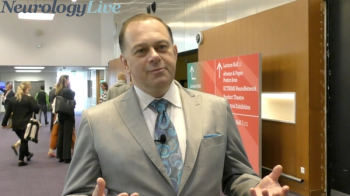
The clinical research director of the UCSF Multiple Sclerosis Center provided perspective on the importance of serum neurofilament light and how it can be used in the management of patients with NMOSD. [WATCH TIME: 3 minutes]

By leveraging digital technologies, the single-arm ARTIOS study will provide unique and comprehensive data that may enrich treatment outcomes for patients with relapsing multiple sclerosis.

The trial, launched through a partnership between Cure Rare Disease and UMass Chan Medical School, assessed CRD-TMH-001, a CRISPR-based gene therapy.

Federica Picariello, PhD, postdoctoral researcher, psychologist, King's College, London, spoke about fatigue mechanisms in patients with MS based on presentations from the 2022 ECTRIMS Congress.
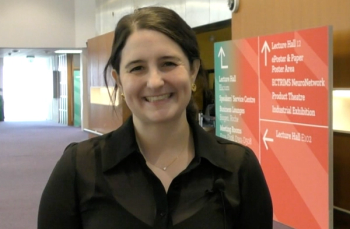
The staff neurologist at the Mellen Center for MS Treatment and Research at Cleveland Clinic spoke about her presentation from ECTRIMS 2022 on teleneurology and its utilization as a tool to make care more accessible to patients with MS. [WATCH TIME: 7 minutes]

Acting as an advocate is meaningful to neurologists because it speaks to their inner core—or their “why.” Neurologists have the agency to make this world a better place while working as a neurologist and an advocate at many levels.

Here's some of what is coming soon to NeurologyLive® this week.

In addition to presenting data from the phase 3 KINECT-HD study of valbenazine in the treatment of chorea associated with Huntington disease, Neurocrine’s chief medical officer noted that the company recently submitted an sNDA to the FDA for the therapy.

The staff neurologist at the Mellen Center for MS Treatment and Research at Cleveland Clinic, spoke about her presentation on teleneurology being a beneficial healthcare tool for patients with MS at ECTRIMS 2022. [WATCH TIME: 7 minutes]

Test your neurology knowledge with NeurologyLive®'s weekly quiz series, featuring questions on a variety of clinical and historical neurology topics. This week's topic is headache and migraine.

Those who reported higher ALSFRS-R speech scores at baseline had significantly higher diadochokinetic and word rate than those who reported speech disturbances, or lower scores.

By comparing results with pooled placebo groups from the PRO-ACT database, the data showed a 67% slower ALSFRS-R progression with IPL344.

Neurology News Network for the week ending November 5, 2022. [WATCH TIME: 3 minutes]

The brain monitoring platform can be used in a number of settings, including the ICU and doctor’s offices, to monitor and detect cognitive decline related to neurodegenerative disease, as well as screening in clinical trials.
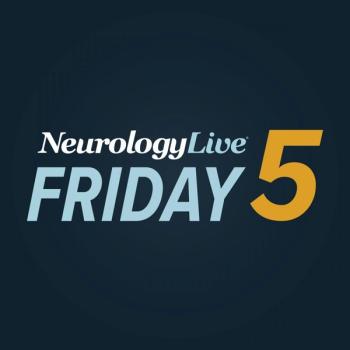
Take 5 minutes to catch up on NeurologyLive®'s highlights from the week ending November 4, 2022.

On King’s staging systems, ALSAQ-5 scores increased from 24.6 at stage 1 to 62.1 at stage 4, whereas for Milano-Torino Staging systems, patients’ ALSAQ-5 scores increased from 43.2 at stage 0 to 80.7 at stage 3.

Nearly one-fourth of the observed treatment-emergent adverse events were related to edaravone. Additionally, there were no serious TEAEs found, and TEAEs were mostly representative of ALS progression.
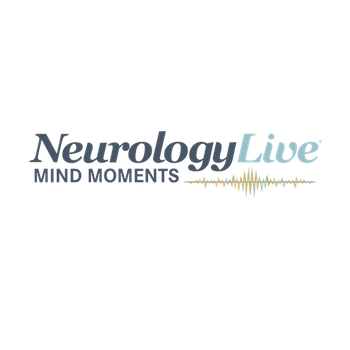
Mind Moments®, a podcast from NeurologyLive®, brings you exclusive interviews with Darin Okuda, MD; Federica Picariello, PhD; Brenda Banwell, MD; Riley Bove, MD; Tomas Kalincik, MD, PhD; and Marisa McGinley, DO. [LISTEN TIME: 34 minutes]

A retrospective study presented at the 2022 Annual NEALS Meeting reported health disparities in the initial presentation of Black patients with ALS in comparison with White patients.
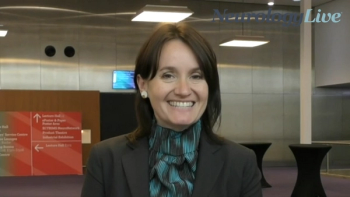
The associate professor of neurology at the University of California, San Francisco, discussed the key points from an oral presentation at ECTRIMS 2022 on understanding postpartum for patients with MS and NMOSD. [WATCH TIME: 4 minutes]

Treatment with RNS60 resulted in significantly slower rate of decline in FVC and eating and drinking domains of the ALSAQ-40 scale over a 24-week period.

Treatment with tegoprubart resulted in significant reductions of CD40L and CXCL13 levels that occurred after first infusion and sustained throughout the treatment period.

As patients with ALS may have altered taste perception and have expressed that bitterness is associated with AMX0035 (Relyvrio; Amylyx) administration, a number of coping strategies have suggested a workaround to ensure treatment adherence and effectiveness.
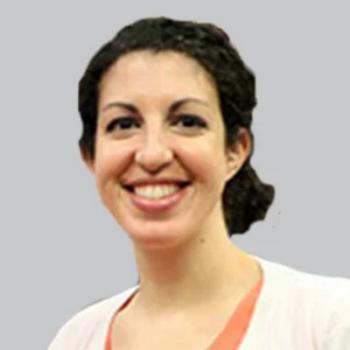
Christina Fournier, MD, MSc, associate professor of neurology, Emory University, discussed her presentation at the 2022 NEALS Consortium using a telemedicine exam to track ALS progression.

Once thought nearly impossible to treat, ALS has seen another step of progress with the approval of AMX0035 and a future of potential therapeutics on the way.
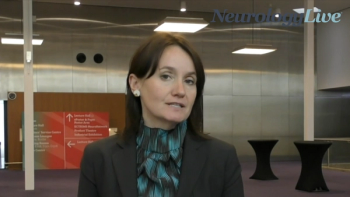
The associate professor of neurology at the University of California, San Francisco, discussed takeaways from an oral presentation at ECTRIMS 2022 on the use of anti-CD20 therapies in postpartum for patients with MS and NMOSD. [WATCH TIME: 5 minutes]

SBT-272, an investigational small molecule in development for ALS and other neurological disease of mitochondrial dysfunction, resulted in improved membrane potential and axonal outgrowth of TDP-43 in vitro.
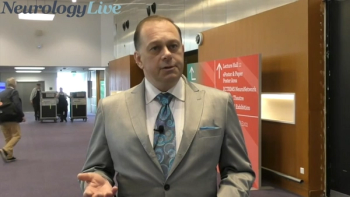
The clinical research director of the UCSF Multiple Sclerosis Center provided insight on an abstract from ECTRIMS 2022 regarding inebilizumab’s mechanism of action to prevent NMOSD attacks. [WATCH TIME: 3 minutes]